Looking Up, 16-page English PDF Edition, Back Issues and Current Issue

|
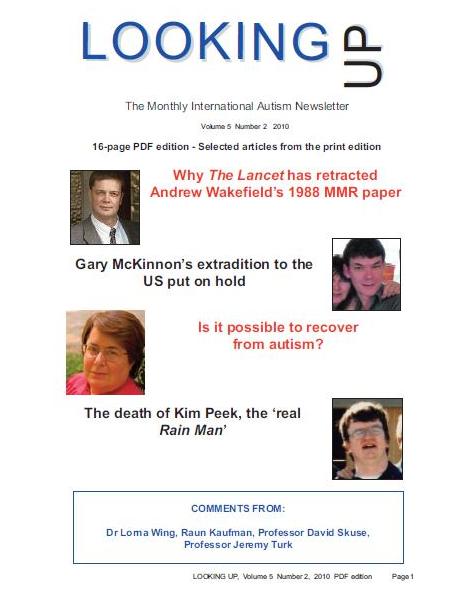
|
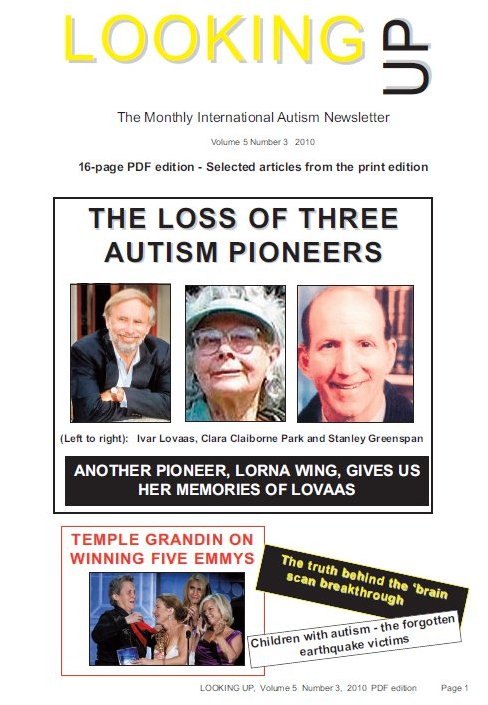
|
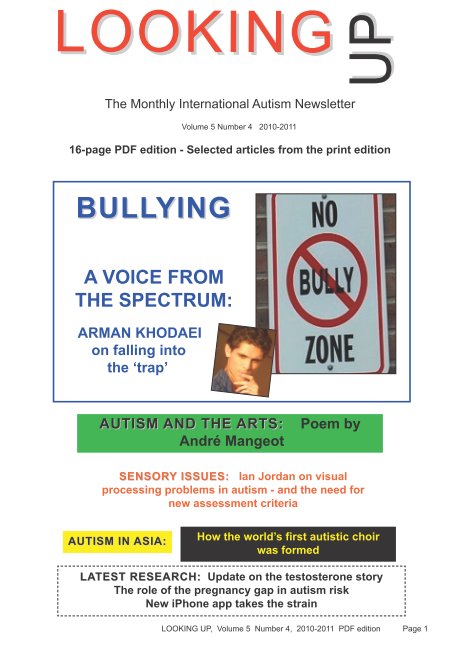
|
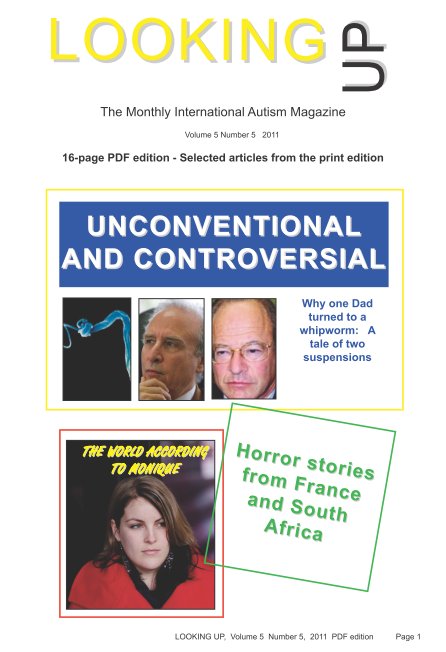
|
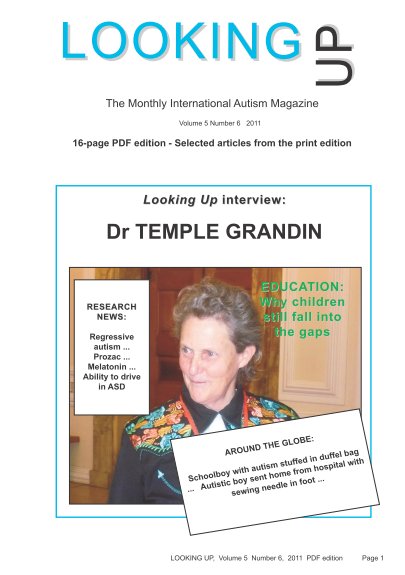
|
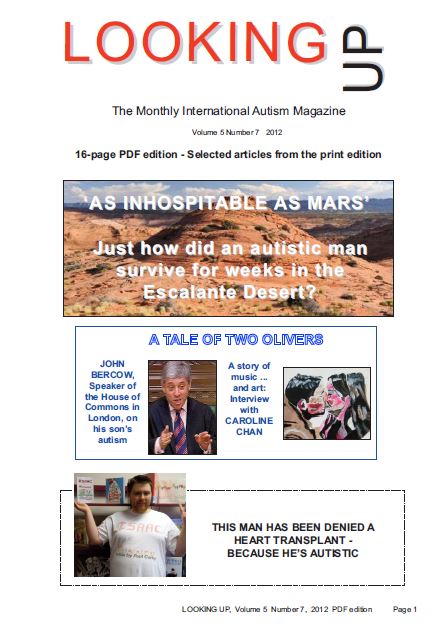
|
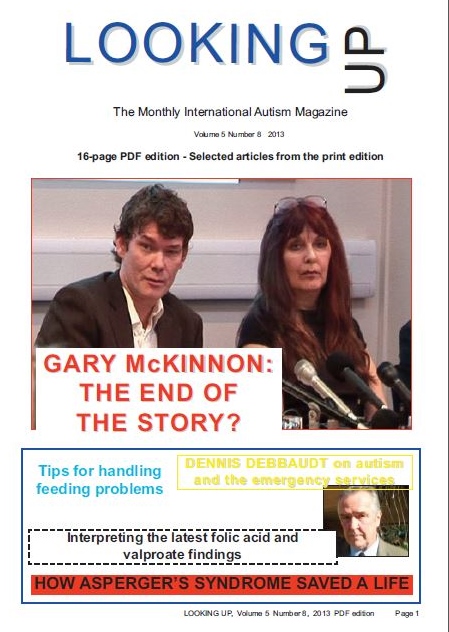
|
| Home page | Subscribe (print edition) | Selected articles | Our publications | Our mailing lists |
| PDF edition | Subscribe (PDF edition) | Back issue contents | Autism books | Contact us |
From Volume 5 Number 6 (Print and PDF editions)
NASHVILLE, Tennessee, USA: Getting a kid to sleep can be a difficult task, but for children with autism, it can be an even greater challenge. Now there is hope, thanks to a new Vanderbilt University study.
“There have been studies that have shown almost 80 per cent of kids with autism have some sleep disorder of one type or another. About 60 per cent have insomnia or difficulty falling asleep,” said Dr Beth Malow, of Vanderbilt University in Nashville.
A two-and-a-half- year study at Vanderbilt led by Dr Malow found that an over- the-counter dietary supplement helped autistic kids fall asleep.
“We started with a milligram of melatonin and we went up as needed, until they were falling asleep within 30 minutes on five or more nights a week,” said Dr Malow.
The drug worked on most children using no more than 3 milligrams of melatonin, which is the dose of many capsules.
Dr Malow said each child should be tested by a physician to make sure the cause of the sleep disorder did not come from seizures, stomach problems or anxiety. “We looked for children who had a clear diagnosis of autism and we performed additional research testing at Vanderbilt to be sure the diagnosis was correct,” said Dr Malow.
Using the drug without being advised by a physician could cause more harm to the child, as melatonin could counteract other medications. As for side effects, doctors say there was some grogginess and one patient showed an increase in bed wetting.
Dr Beth Malow, herself the mother of two sons with autism, told Looking Up: “Sometimes, the melatonin dose needs to be increased, not necessarily because it interacts with other drugs, but because melatonin is metabolised by the liver and the liver enzymes sometimes get ramped up with chronic use.”

|

|

|

|

|

|

|

|
| Current 40-page print edition issue | |||||||||||||||
|---|---|---|---|---|---|---|---|---|---|---|---|---|---|---|---|
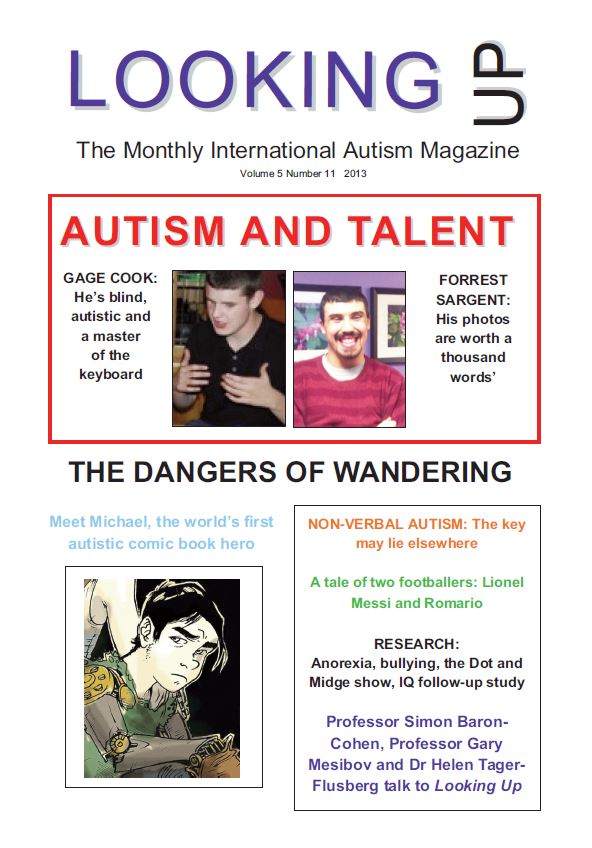
|
| ||||||||||||||
| PRINT EDITION BACK ISSUE CONTENTS AND FRONT COVERS | ||||||||||||||||||||||||||
|---|---|---|---|---|---|---|---|---|---|---|---|---|---|---|---|---|---|---|---|---|---|---|---|---|---|---|
| VOLUME 1, Number: | 1 | 2 | 3 | 4 | 5 | 6 | 7 | 8 | 9 | 10 | 11 | 12 | VOLUME 2, Number: | 1 | 2 | 3 | 4 | 5 | 6 | 7 | 8 | 9 | 10 | 11 | 12 | |
| VOLUME 3, Number: | 1 | 2 | 3 | 4 | 5 | 6 | 7 | 8 | 9 | 10 | 11 | 12 | VOLUME 4, Number: | 1 | 2 | 3 | 4 | 5 | 6 | 7 | 8 | 9 | 10 | 11 | 12 | |
| VOLUME 5, Number: | 1 | 2 | 3 | 4 | 5 | 6 | 7 | 8 | ||||||||||||||||||
| You can find our PDF EDITION CONTENTS AND COVERS on our PDF EDITION BACK ISSUES PAGE | ||||||||||||||||||||||||||
| Home page | Subscribe (print edition) | Selected articles | Our publications | Our mailing lists |
| PDF edition | Subscribe (PDF edition) | Back issue contents | Autism books | Contact us |